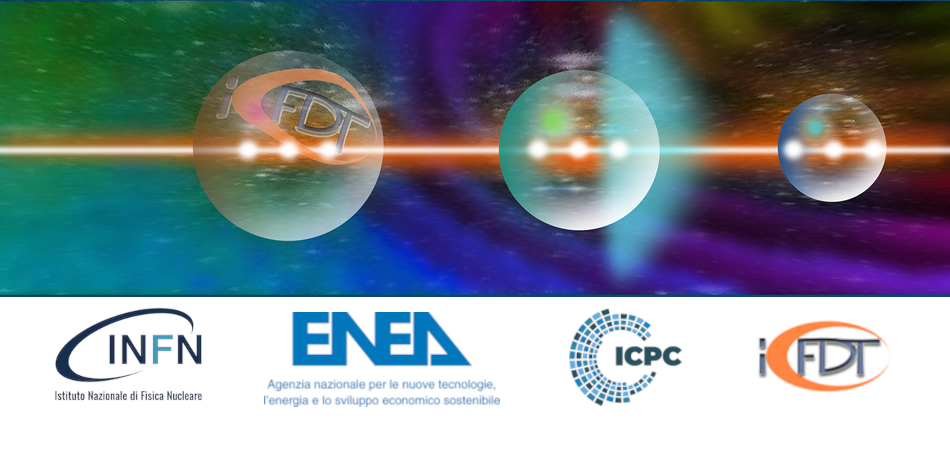Alexandru Boboc the JET Operations Team*
UKAEA, Culham Campus, Abingdon, OX14 3DB, UK
* See the author list of ‘JET machine operations in tritium & D-T’ by D B King et al., to be published in Nuclear Fusion Special Issue: Overview and Summary Papers from the 29th Fusion Energy Conference (London, UK, 16-21 October 2023)
E-mail: Alexandru.Boboc@ukaea.uk
After more than half a century of...
The measurement of electron temperature ( Te) is done in tokamak plasmas mainly by Electron Cyclotron Emission(ECE) and using the Thomson scattered laser radiation(TS).
Recently these measurements were reviewed in the JET ( Joint European Torus) DTE2 (second deuterium-tritium campaign) and differences Te_ECE – Te_TS were detected in particular at high electron temperature...
Magneto-hydrodynamics instabilities (MHD) like Magnetic Islands can appear in the plasma of magnetically confined fusion reactors because of (neo-classical) tearing modes (NTM). NTMs perturb the magnetic equilibrium configuration creating shortcuts for the heat and particle radial transport, hence affecting the confinement, reducing the plasma internal pressure and in turns reducing the...
Dispersion interferometers are gaining in popularity for the measurement of line-integrated electron density in magnetically confined (MC) plasmas. Systems have been developed for use on several MC devices around the world, mostly using a CO2 laser to produce the fundamental wavelength and frequency doubling crystals such as OPGaAs, AgGaSe2 or ZnGeP2 to generate the second harmonic. Systems...
The index of refraction of a plasma in a magnetic field is described by the ion density n_i, with i=D (deuterium) or H (hydrogen), in the frequency range of the fast wave. Hence, interferometry and reflectometry using the fast wave as a probe wave can provide the ion mass density m_i n_i [1,2] and the isotope ratio n_D⁄(n_D+n_H) [3], respectively. The frequency range of the fast wave for these...
Thomson scattering has been utilized as a diagnostic technique for measuring electron temperatures and densities in DIII-D divertor regions since 1995. Together with a range of other divertor-focused diagnostics, Divertor Thomson Scattering system (DTS) has advanced knowledge of divertor detachment, surface material erosion yield and heat fluxes, and enabled validation of boundary codes....
Plasma Position Reflectometry (PPR) is taking an important role in next generation fusion machines, such as DEMO, as a diagnostic to monitor the position and shape of the plasma, complementing magnetic diagnostics. The Divertor Test Tokamak Facility (DTT) presents itself as the perfect machine to implement, develop and test PPR systems, contributing in this way to the gain of a knowledge...

